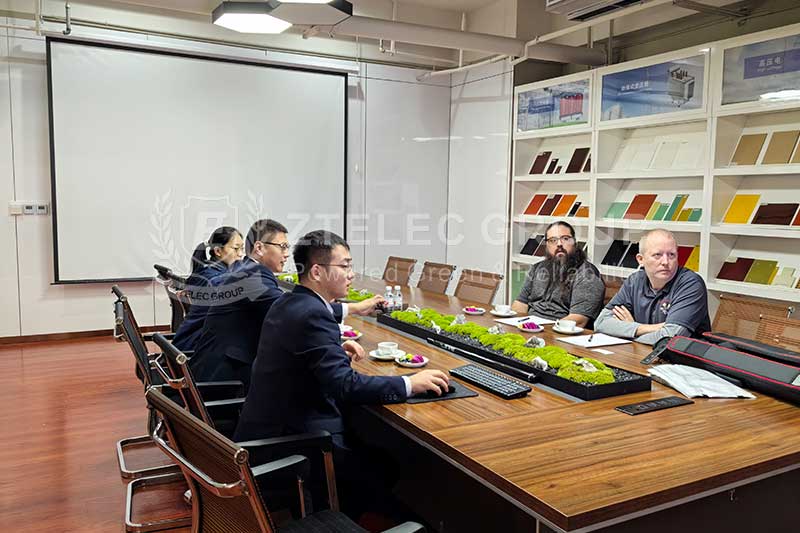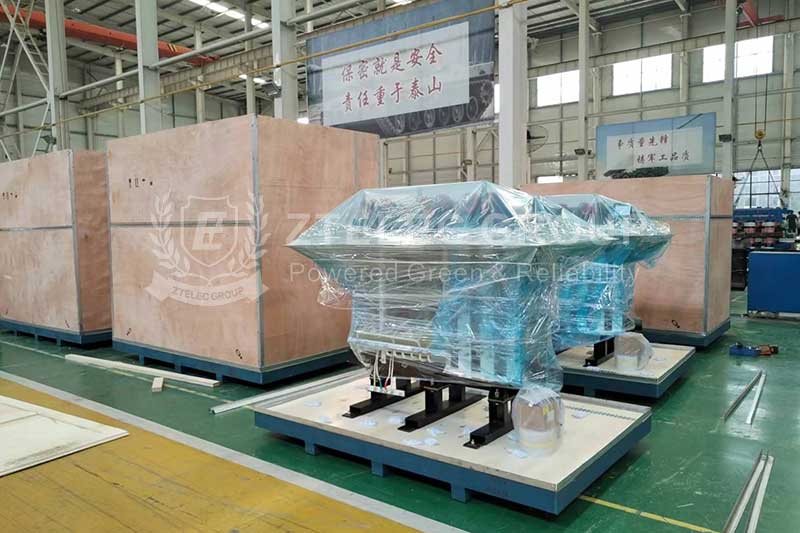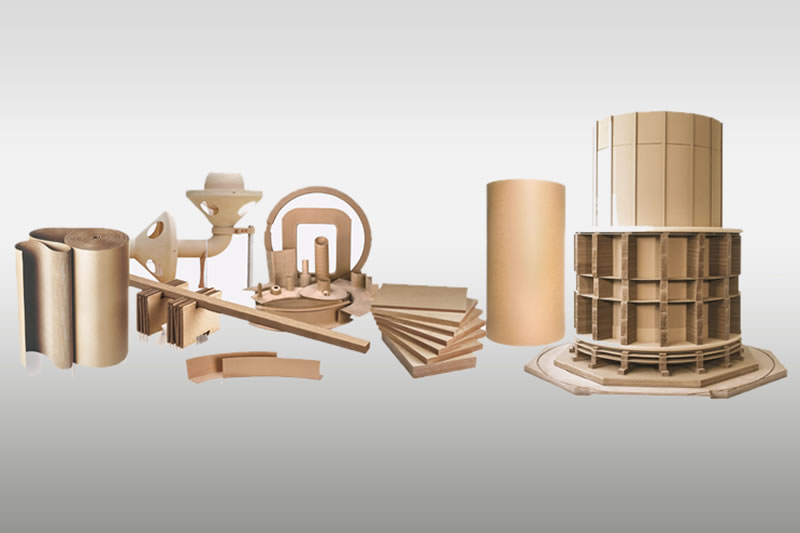Dry-Type Transformer Buying Guide: Key Considerations for Safe and Efficient Investment
Dry-type transformers are widely used in modern power systems due to their oil-free design, low maintenance needs, and enhanced safety. However, purchasing the right dry-type transformer requires more than just comparing prices. In this guide, we break down the 7 most critical precautions buyers should take before making a decision.
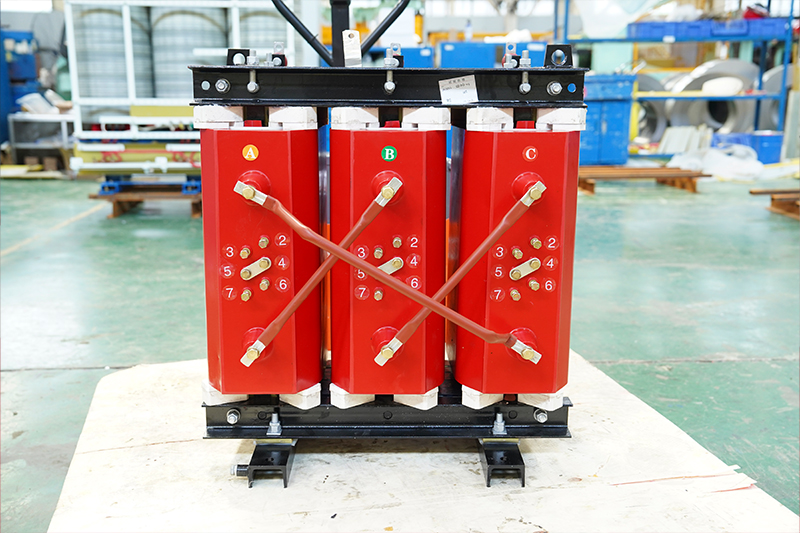
1. Define Clear Technical Requirements
Begin by identifying the technical specifications you need. First, determine the rated capacity of the dry-type transformer based on your actual load, with a recommended 20% margin for peak demands. Second, confirm both primary and secondary voltage ratings such as 10kV/0.4kV or 11kV/0.415kV. If special functionality like multiple windings is required, consider that in the design. Lastly, match the transformer’s frequency to local standards — 50Hz in most countries or 60Hz in regions like the United States. A mismatch in frequency can seriously impact transformer performance.
2. Check Performance and Efficiency Standards
Performance parameters must meet both system and environmental requirements. For insulation, Class F (155°C) and Class H (180°C) are the most common; high-temperature areas may require higher-grade materials. For impedance, the typical range is 6–8%, and it must align with the system’s short-circuit capacity. Additionally, prioritize energy-efficient transformers that comply with GB 20052 Level 1 or Level 2 to reduce long-term operating costs.
3. Address Customization for Special Environments
Transformer features should be tailored to their application environment. For protection, use IP20 for indoor use and IP23 or higher for outdoor or rain-prone areas. In fire-sensitive environments such as hospitals and subways, epoxy-resin cast or NOMEX-insulated dry-type transformers are ideal. In noise-sensitive areas like residential zones, ensure the transformer’s operating noise is 55 dB or less, using silent designs or soundproof enclosures if needed.
4. Select Materials and Cooling Method Wisely
The choice of winding material and cooling method significantly affects cost and reliability. Copper windings offer lower losses and higher conductivity, making them suitable for long-term stable operation. Aluminum windings are more budget-friendly but require larger cross-sections to compensate for lower conductivity. For cooling, natural air cooling (AN) suits transformers up to 1000 kVA in well-ventilated environments. Forced air cooling (AF) is better for larger units but requires fan maintenance and additional energy input. Structurally, SCB-type (cast resin) transformers resist moisture and pollution, while SG-type (open-type) models offer better cooling but need regular cleaning in dusty environments.
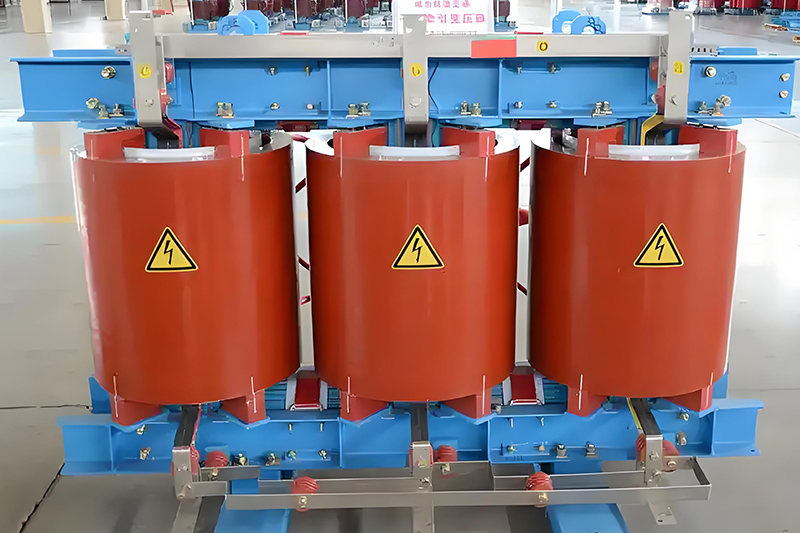
5. Evaluate Supplier Credentials Thoroughly
Supplier qualifications are essential. Look for certifications like ISO 9001, CE, CQC, and KEMA. For international use, ensure products comply with IEC standards. Review test reports—especially for temperature rise and short-circuit withstand performance. Evaluate the supplier’s experience in your industry, especially if harmonics or environmental challenges are involved. Also, assess their R&D capacity for non-standard product requirements. When comparing costs, factor in not just the unit price but also installation fees and 30-year operational losses to calculate the Total Cost of Ownership (TCO). Set reasonable payment terms, such as a partial advance and a 10% quality retention to be paid upon final acceptance.
6. Follow Installation and Maintenance Best Practices
Proper installation is critical for safe and efficient transformer operation. Leave at least 0.8 meters between the transformer and walls, and 1.5 meters between multiple units. Ensure the foundation can bear the transformer's weight — a 1000 kVA dry-type transformer typically weighs 3 to 5 tons. Install a temperature control system with PT100 sensors to activate fans and trigger alarms if temperatures exceed safe levels. In humid areas, add anti-condensation heaters and rodent-proof barriers. Define the warranty period clearly—usually 2 years, with a 5-year option for key components like windings. Request rapid on-site support (within 24 hours) and remote diagnostics from your supplier.
7. Avoid Common Buying Pitfalls
To avoid purchasing risks, watch out for typical industry issues. Some suppliers may misrepresent aluminum windings as copper—request third-party inspection to verify materials. Others may exaggerate rated capacity—ensure load loss and no-load loss values are ≤5% above declared figures by specifying performance tolerances in the contract. Clearly define transport responsibilities to avoid disputes caused by transformer damage during shipment.
Purchasing a dry-type transformer involves technical accuracy, supplier reliability, and long-term planning. By following these seven key precautions, you can avoid costly errors and ensure that the transformer you choose delivers efficient, reliable performance for decades.
- more+releated article
- 2025-12-13How to Select and Use Phenolic Cloth-base Lami
- 2025-12-13How Much Does Bakelite Sheet Cost? 2025 Price
- 2025-12-13Why are most 3240 epoxy boards yellow?
- 2025-12-13What are the Main Applications of FR4 Epoxy Bo
- 2025-12-13Why Does the Price of Insulating Paperboard Va
- 2025-12-13Heat-Resistant DDP Insulation Paper
- 2025-12-13Comparison of Heat-Resistant DDP Insulating Pa
- 2025-12-13G10 and FR4 Epoxy Boards: Commonly Used for Ge
- 2025-12-13The Price of Heat-Resistant DDP Insulation Pap
- 2025-12-13How to Choose Epoxy Laminate Materials for Gen


